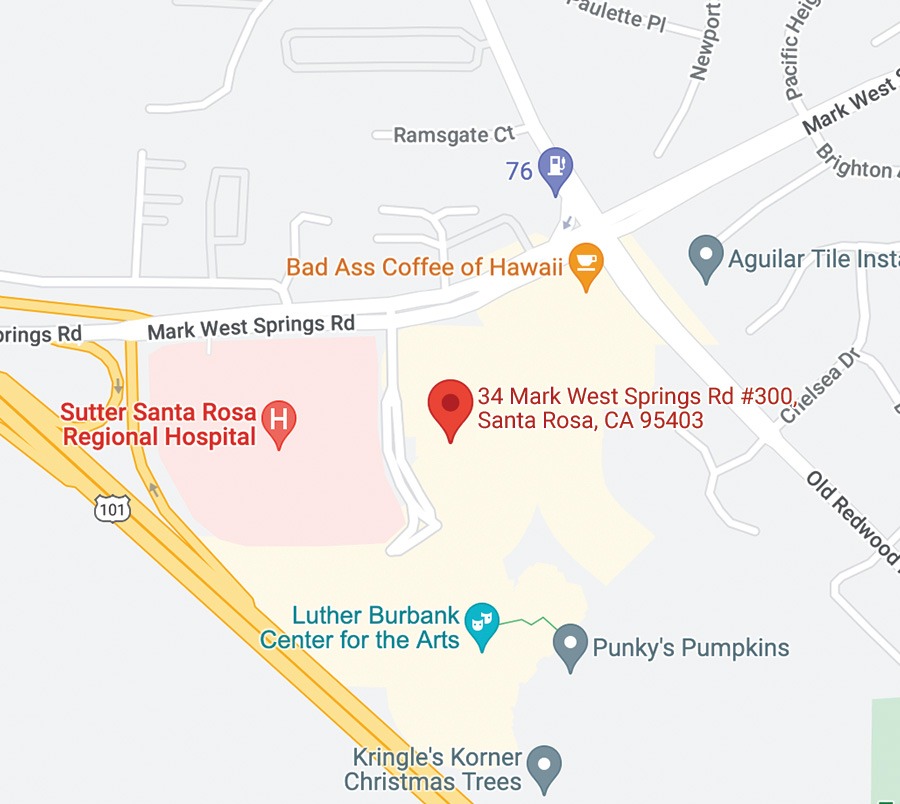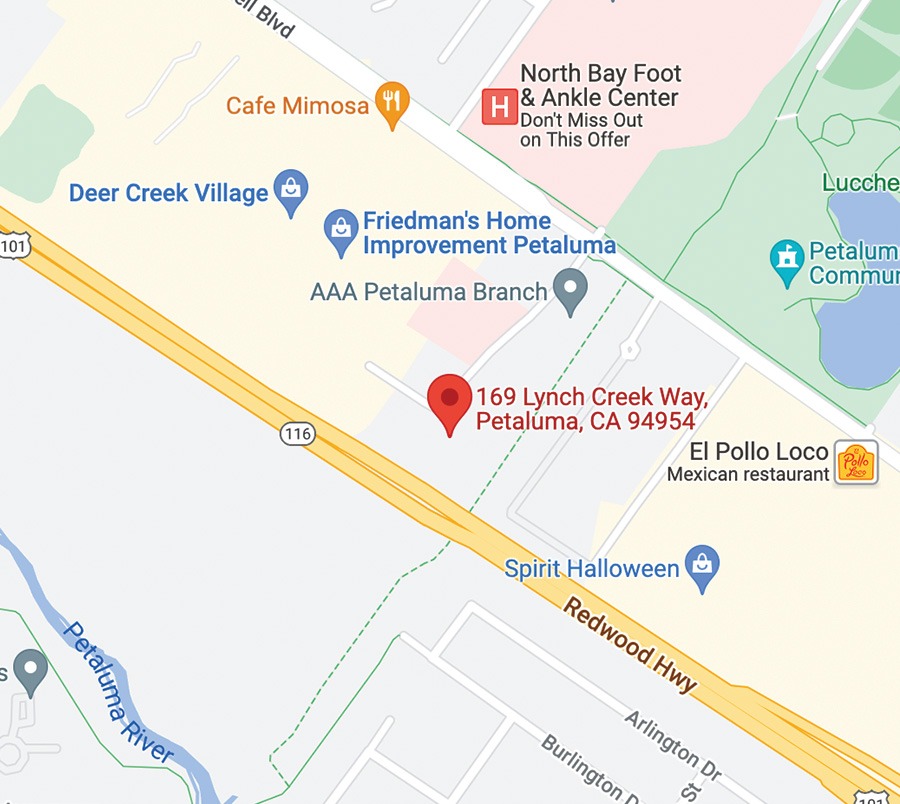
A bunion is a painful bony bump that develops over time on the inside of the foot at the big toe joint. The word “bunion” comes from the Greek word for turnip, presumably attributed to the condition because the bump can become red and inflamed and resemble a turnip.
Associated with wearing ill-fitting shoes, a bunion comes about due to prolonged pressure on the big toe joint. This pressure forces the big toe to bend toward the second toe. If not corrected with better fitting shoes, the structure of the foot changes, resulting in a deformity called the bunion bump. Eventually this deformity can make the simple act of wearing shoes or walking quite painful.
Additional causes of bunion deformity
Although poorly fitting shoes is a huge culprit in the development of a bunion in most people, heredity can also play a role, making it more likely for some people to develop the condition due to the shape and structure of the foot. Arthritis is another situation that can lead to bunions, particularly rheumatoid arthritis.
In addition to the visible bump on the inside of the foot – pain, tenderness, redness and swelling are typical symptoms associated with bunions. Also, the formation of a callus or corn can develop on the bump itself, as can hardening of the skin at the bottom of the foot. As a bunion develops, stiffness and restricted motion in the big toe will get worse, often leading to difficulty in walking.
In most cases, bunion pain is relieved by wearing comfortable roomy shoes with adequate toe space along with implementing other simple treatments to reduce pressure on the big toe.
Bunion Prevention – catch it while it’s small
Bunions typically start out fairly small, and if shoe wearing behaviors are changed to accommodate the development of the condition, progression may be halted or slowed down. But in many cases bunions get worse over time because shoe fashion habits tend to die hard.
What makes a bunion grow
The bone structure in the foot called the metatarsophalangeal (MTP) joint normally flexes with every step. As this happens in a restricted shoe environment, the bigger the bunion gets, and the more painful and difficult walking can become.
An advanced bunion can get very pronounced leading to a rather dramatic change in the appearance of the foot. In the worst case, the big toe can angle to the point that it rests under or over the second toe. Also, the second toe can be put out of alignment from pressure coming from the big toe causing it to lean towards the third toe. All this shifting around can lead to calluses causing even more discomfort and difficulty walking.
Nonsurgical Treatment
In most cases, bunions can be treated without surgery, which can help reduce pain and prevent the bunion from worsening. These treatments include a change of footwear, adding protective padding to prevent rubbing on surface of the shoe, and over-the-counter orthotics such as a splint to force the toe into alignment. Also, an application of ice for 20 minutes at a time and nonsteroidal anti-inflammatory pain relievers may also be suggested.
When Is Bunion Surgery Needed?
Patients who continue to have pain and difficulty walking despite changes in footwear and other nonsurgical treatments may benefit from surgery. Bunion surgery realigns bone, ligaments, tendons, and nerves so that the big toe can be brought back to its correct position.
There are several surgical procedures to correct bunions with most being done on a same-day basis requiring no hospital stay. Recovery from this type of surgery typically takes some time and patience.
Story source: OrthoInfo
 SRO’s Foot and Ankle Program is your first choice treatment program, caring for the foot and ankle no matter how common or complex. We provide a comprehensive array of treatment alternatives covering nonsurgical as well as surgical methods to overcome a patient’s pain and lost function. Take that first step towards better foot and ankle health and give us a call today. Learn more …
SRO’s Foot and Ankle Program is your first choice treatment program, caring for the foot and ankle no matter how common or complex. We provide a comprehensive array of treatment alternatives covering nonsurgical as well as surgical methods to overcome a patient’s pain and lost function. Take that first step towards better foot and ankle health and give us a call today. Learn more …



